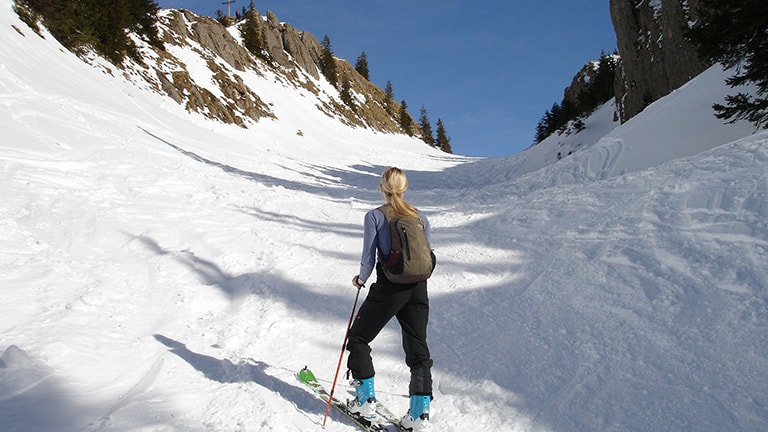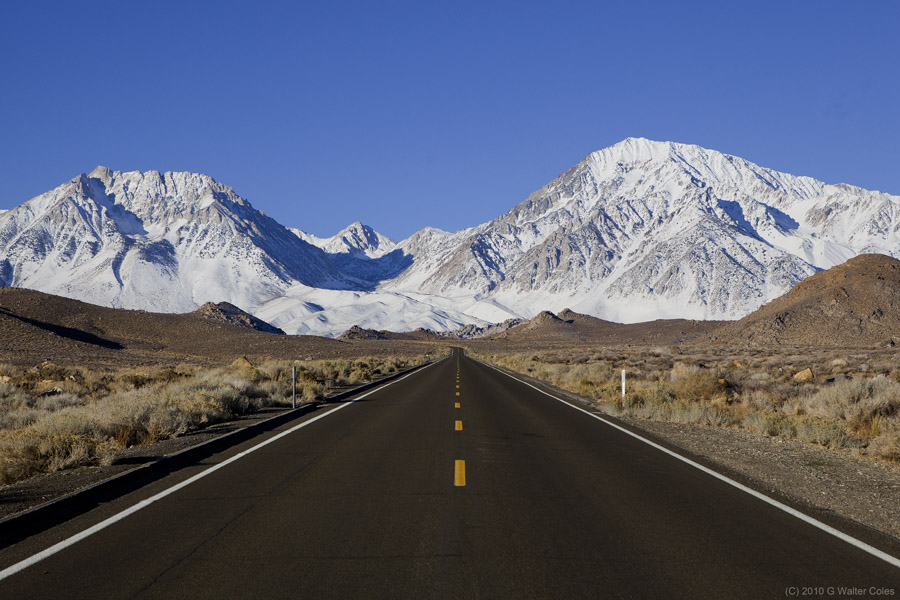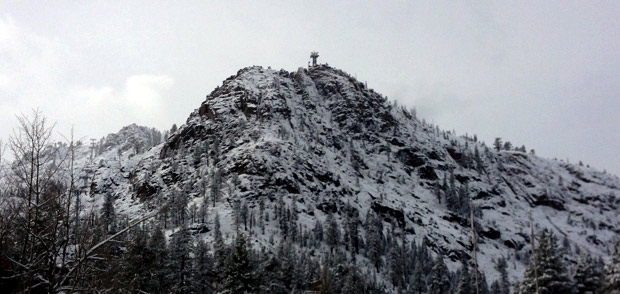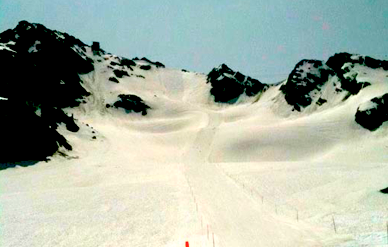
Sunshine, corn snow, and warm temperatures make springtime a backcountry paradise. When the chairlifts stop spinning, but there’s still some runs to be had, slap on the skins and consider the following:
The Conditions
Spring can be a wonderful mix of winter and summer, which means conditions may vary.
Stay up to date with current storm cycles, know what your day looks like, and be familiar with temps from the previous night. This dictates your schedule quite a bit and will help you time the perfect descent.
Many regions have their own sites that include current advisories, observations and weather. From the Eastern Sierras and Tahoe, to the PNW and Colorado , backcountry skiers have a great online presence full of useful information.
Most importantly, be prepared to make your own avalanche assessment. Wet slides and unpredictable spring storms still exist. Online reports are helpful before you leave the house, but nothing beats seeing it in front of you. Many sites also wind down in the spring, so you have to go see it for yourself. As always, you are responsible for yourself in the backcountry.
The Route
Be familiar with the elevation, aspects, and features of your route and how spring weather may effect them.
Plan your start accordingly. On SCARPA’s North American blog, Mike Alkaitis offers expert advice on warm weather touring.
“I want to be standing on top of the ski descent ready to go when the conditions are prime. If I am too late, the snow will be mashed potatoes or turn back into ice. If I am too early, the snow will not have softened enough for me to enjoy the skiing. Thus, I start super early for east or south aspects, whereas I have a leisurely start for west or north faces” states Mike, a certified Wilderness First Responder, the former Executive Director for the American Mountain Guides Association (AMGA), and an AMGA-certified rock and ski mountaineering guide.
Be aware of hazards caused by spring snowmelt (crevasses, creeks, new exposure). Warm weather can cause snow to recede from cliffs, widen crevasses, and expose other obstacles that may have not been there during the winter.
This applies to any time of year of course, even when you know its there, they can still gobble you up.
Get a guide book.
If you can snag one for the area you are visiting, it will inspire you to study and pursue particular routes you may have never thought of.

The Ego
Leave it at home.
It’s common to pursue a route and back down before you have the chance to ski it. Things can change in the time it takes to make it to the top. Always be ready to make a new assessment and turn around, even in the spring.
Base your adventure on your ability to assess the safety of your route, not your skiing ability. There are a lot of great skiers out there, but it’s about being able to know when to walk away.
The Look
Make sure to switch out your powder gear for something more lightweight. Be equipped with the right layers for sudden changes or howling winds at the top, but enjoy the shorts and t-shirt touring while you can.
Sunscreen seems like a given, but seriously, don’t forget it.
When picking out a good backcountry cap, go for a trucker hat style with a mesh back. It allows breathability when your head is working up a sweat.
Splurge on eyewear. Getting sunglasses that are polarized and designed to stay on is worth the extra buck.
Bring a camelback this time. Take advantage of the fact that your sip tube doesn’t freeze instantly.

With all that being said, what better way to enjoy with the spring transition period than earning your turns and getting a sweet tan while doing it? Set that alarm for an early start, wear that otherwise forbidden cotton t-shirt, and extend your ski season a little.




